How Does a Rectifier Diode Conduct?
In the realm of electronics, the rectifier diode plays a pivotal role in converting alternating current (AC) into direct current (DC). Understanding how this device conducts electricity is essential for anyone delving into the complexities of electrical circuits and systems.
The Basic Principles
A rectifier diode is a semiconductor device that conducts electricity in one direction only. This unidirectional conductivity is achieved through the unique properties of the semiconductor material used in its construction. When a voltage is applied across the diode, electrons flow in one direction, while in the reverse direction, the flow is blocked.
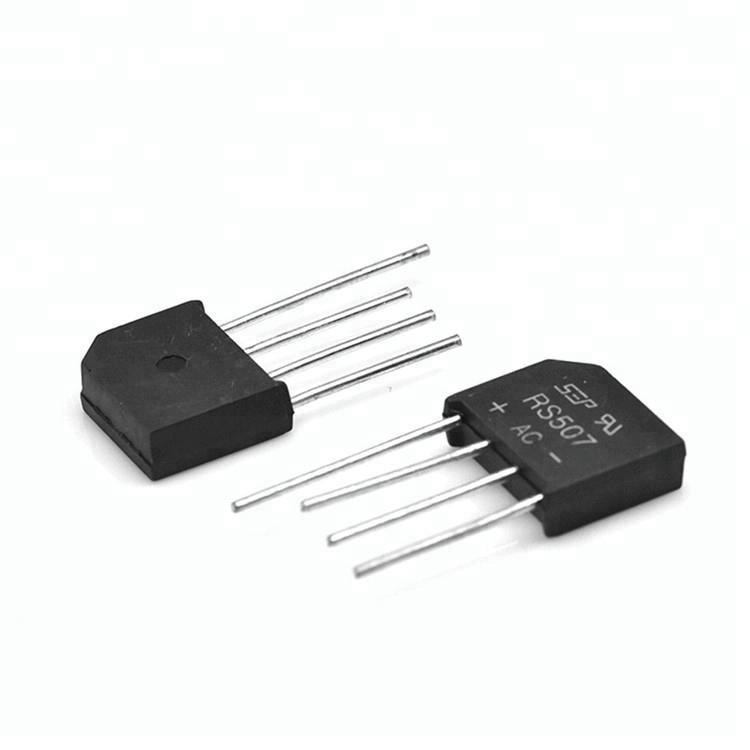
The Forward Bias Condition
When a positive voltage is applied to the anode (or P-type material) of the diode and a negative voltage to the cathode (or N-type material), the diode is said to be in the forward bias condition. In this state, the electrons in the N-type material are attracted towards the positive terminal, while the holes in the P-type material move towards the negative terminal. This creates a narrow region at the junction between the two materials called the depletion region, which reduces as the forward voltage increases.
Further reading:What are the types of audio jack?
What is Copper Wire Cable?
Drone Motor Efficiency: Factors to Consider for Longer Flight Times
Capacitive Touch Displays: The Technology Behind Modern Interactive Screens
What are the key considerations for Medical PCB Assembly?
What Rules Should You Follow When Installing Copper Cabling?
Are Your Security Cables Truly Secure in 2023?
As the forward voltage reaches a certain threshold, known as the forward voltage drop, the depletion region becomes thin enough to allow a significant current to flow through the diode. The electrons in the N-type material are now able to cross the junction and recombine with the holes in the P-type material, resulting in a current flow from the anode to the cathode.
The Reverse Bias Condition
On the other hand, when a negative voltage is applied to the anode and a positive voltage to the cathode, the diode is in the reverse bias condition. In this state, the depletion region widens, further impeding the flow of electrons across the junction. As a result, the current flow is negligible in the reverse direction, and the diode effectively blocks the current.
The Role of Temperature
It's worth noting that the conductivity of a rectifier diode is also influenced by temperature. As the temperature increases, the number of free electrons and holes in the semiconductor material increases, leading to an increase in the current flow through the diode. However, this increase in current is typically small and does not significantly affect the overall operation of the rectifier.
Conclusion
In summary, a rectifier diode conducts electricity in the forward direction when a sufficient forward voltage is applied across its terminals. In the reverse direction, the diode blocks the current flow due to the widening of the depletion region at the junction. This unidirectional conductivity is the key feature that enables the diode to convert AC into DC in rectifier circuits.
Is Electrolytic Capacitor Used for AC or DC?
Applications of High Precision Film Fined Resistors
Advantages of LiFePO4 Batteries Over Other Lithium-Ion Batteries
The Ultimate Guide to Portable Power Stations: Everything You Need to Know
What is SF6 Gas, and Why is it Used in Loadbreak Switchgear?
What Sets Metal Glaze Resistors Apart from Other Types?
Wire and Cable Professional Knowledge
Previous: How Do I Know if My Rectifier Diode is Bad?
Next: None
Related Articles
If you are interested in sending in a Guest Blogger Submission,welcome to write for us!



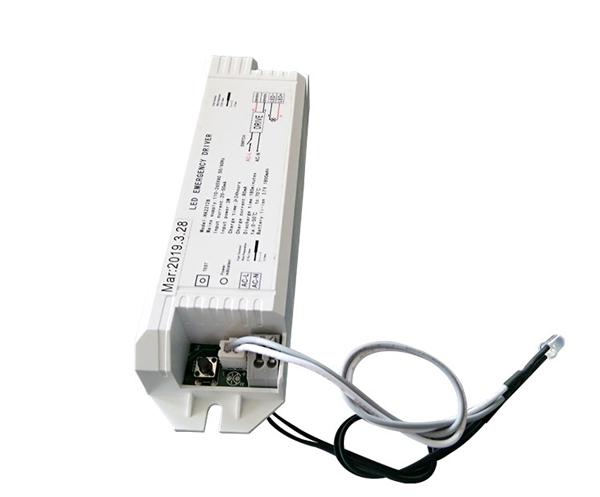

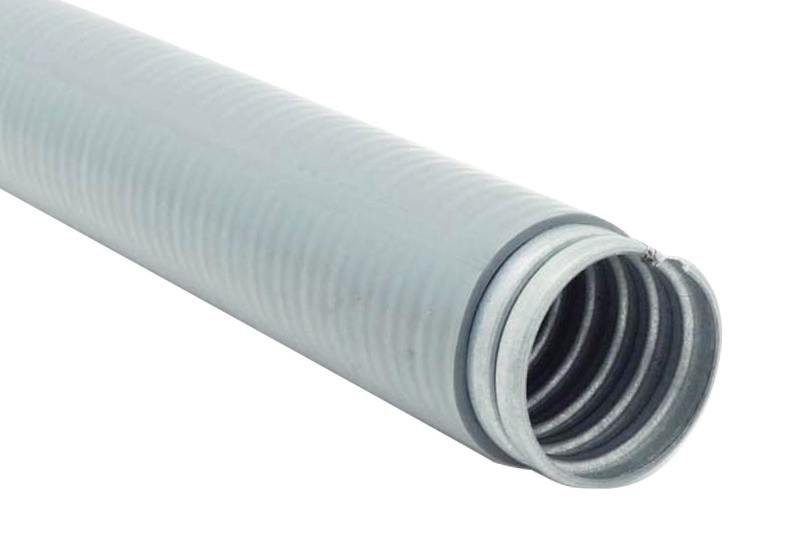
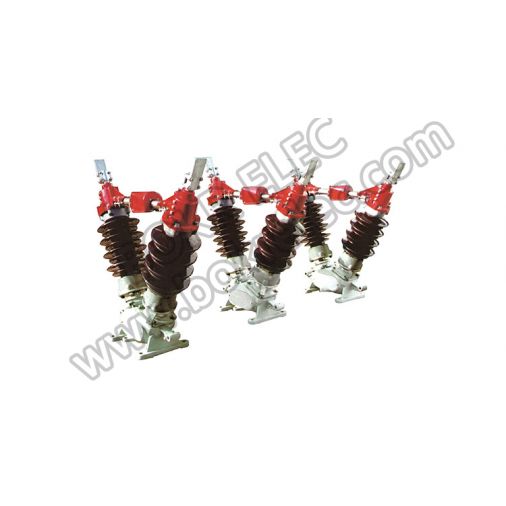
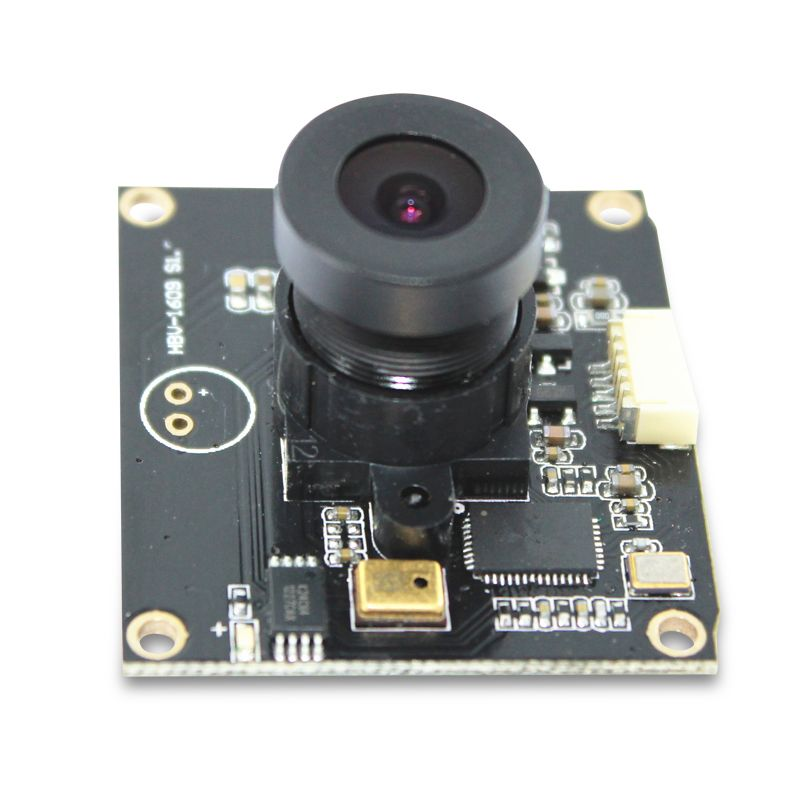
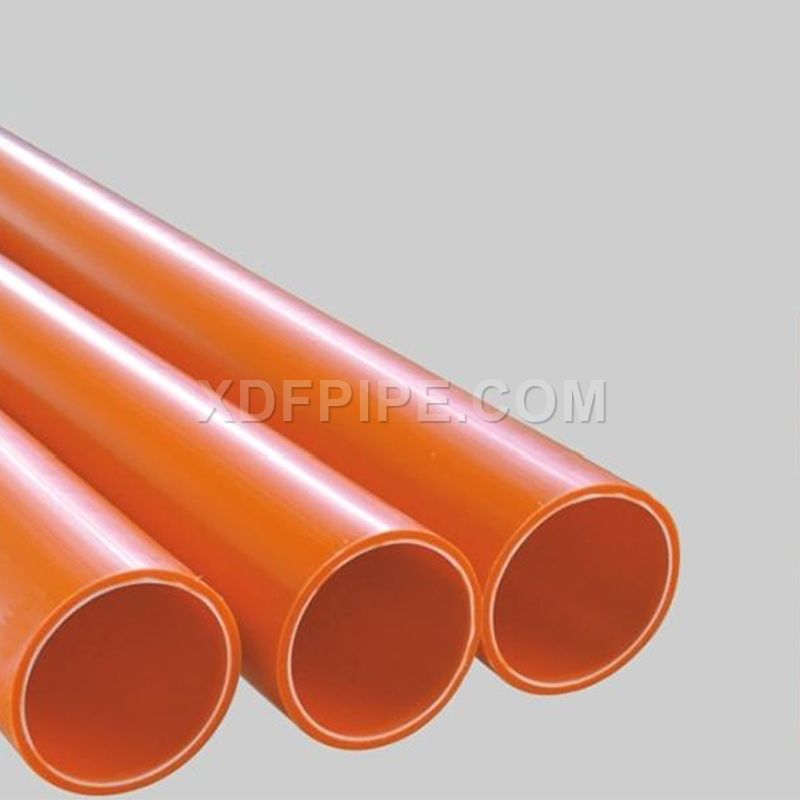

Comments
0